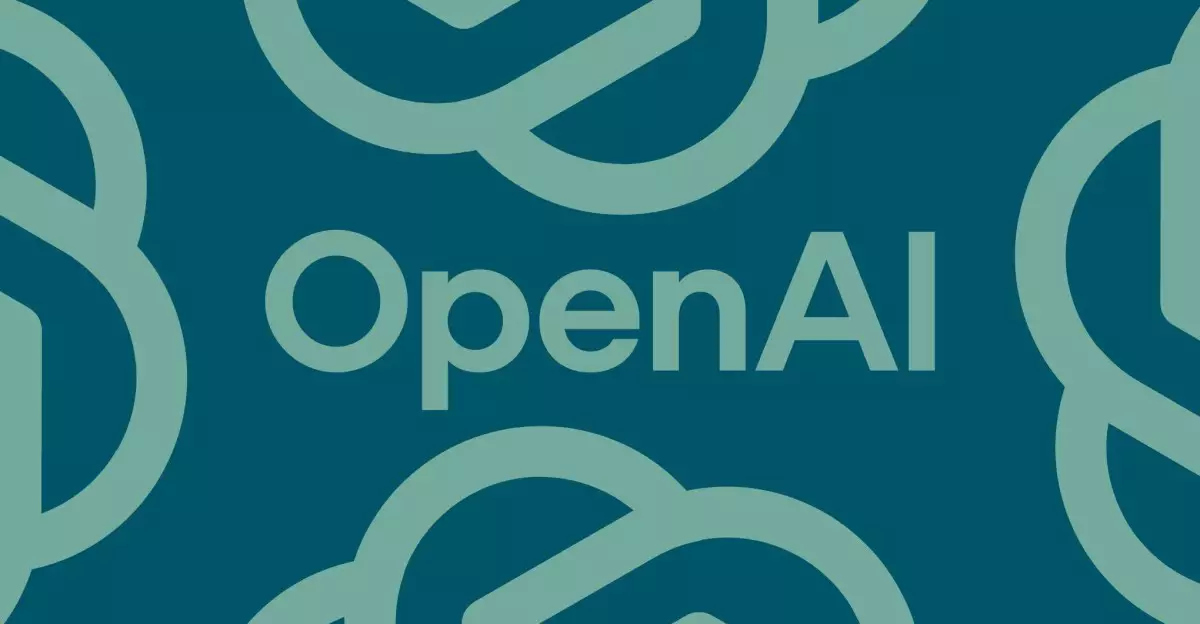In a clash reminiscent of titans in the tech industry, OpenAI has launched a countermove against Elon Musk, alleging that his relentless actions are deeply rooted in bad faith, aimed solely at hindering the organization’s progress. This legal battle, still early in its trajectory, echoes larger themes of conflict between innovation and protectionism in the rapidly evolving field of artificial intelligence. On X, OpenAI openly accused Musk of attempting to manipulate the trajectory of their advancements for personal gain, framing his conduct as antagonism rather than collaboration.
The implications of this lawsuit are staggering as they unravel complex questions about ownership, innovation, and the ethical responsibilities that come with groundbreaking technology. Musk, once an integral figure behind OpenAI’s inception, has since shifted gears in his approach towards the company. His volatility—exemplified by a series of legal maneuvers—signals a frantic effort to restore what he views as a moral obligation to steer artificial general intelligence (AGI) towards altruistic ends rather than profit-driven motives.
The Nature of Musk’s Allegations
Musk’s critiques of OpenAI are not superficial; they stem from a profound skepticism concerning the focus on profit that he believes has strayed the company from its founding principles. His earlier legal initiatives aimed to realign OpenAI with its noble vision of advancing technology for humanity’s benefit. However, critics might argue that his strategies appear increasingly misaligned with the cooperative spirit that characterized OpenAI initially. Musk’s choice to label OpenAI’s profit motives as detrimental raises critical questions about the financial sustainability of AI developments if profit isn’t part of the equation.
The scrutiny Musk has placed on OpenAI serves as a double-edged sword, casting a shadow of doubt over the company’s operations while simultaneously highlighting the overarching discourse on the ethical responsibilities inherent in AI development. Nonetheless, the assertion of “bad-faith tactics” by OpenAI hints at the growing tensions fueled by competitive instincts in a sector characterized by rapid innovation.
Assessing the Broader Context
This legal tug-of-war isn’t merely a battle of wills between prodigious personalities; it reflects the larger uncertainty looming over AI’s future. The stakes couldn’t be higher, as this confrontation raises public awareness on the degree to which individuals or corporations can sway the direction of technologies that have the power to redefine our societal framework. Musk’s claims of seeking to protect humanity from potential exploitation hidden behind lucrative AI developments turn the dialogue into one about control—both over technology and narrative.
Moreover, the public’s perception of this legal skirmish plays a crucial role in shaping the discourse surrounding AI. Musk’s prominence and the echo of his statements often amplify already polarized views concerning the transformation AI may bring, stirring a mixture of apprehension and anticipation that permeates through professional and casual conversations alike.
As the trial approaches, expected in the spring of 2026, observers will be watching keenly for not just the legal outcomes but the broader implications they will have for the governance of evolving technologies. OpenAI’s bold stance against Musk’s perceived overreach may just represent a heralding shift towards a more self-aggrandizing story of innovation—one that wrests control from individual influencers and redistributes it within the collective responsibility of stakeholder ethics in tech development.

